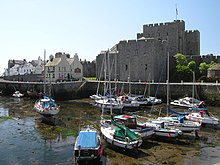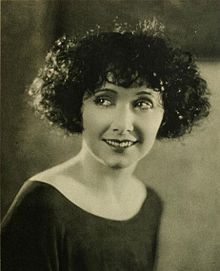
Sir Thomas Henry Hall Caine, usually known as Hall Caine, was a British novelist, dramatist, short story writer, poet and critic of the late 19th and early 20th century. Caine's popularity during his lifetime was unprecedented. He wrote 15 novels on subjects of adultery, divorce, domestic violence, illegitimacy, infanticide, religious bigotry and women's rights, became an international literary celebrity, and sold a total of ten million books. Caine was the most highly paid novelist of his day. The Eternal City is the first novel to have sold over a million copies worldwide. In addition to his books, Caine is the author of more than a dozen plays and was one of the most commercially successful dramatists of his time; many were West End and Broadway productions. Caine adapted seven of his novels for the stage. He collaborated with leading actors and managers, including Wilson Barrett, Viola Allen, Herbert Beerbohm Tree, Louis Napoleon Parker, Mrs Patrick Campbell, George Alexander, and Arthur Collins. Most of Caine's novels were adapted into silent black and white films. A. E. Coleby's 1923 18,454 feet, nineteen-reel film The Prodigal Son became the longest commercially made British film. Alfred Hitchcock's 1929 film The Manxman, is Hitchcock's last silent film.
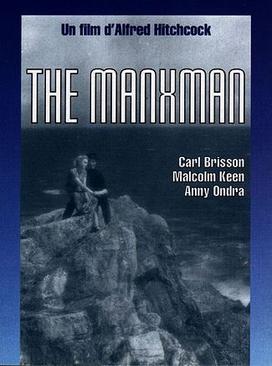
The Manxman is a 1929 British silent romance film directed by Alfred Hitchcock and starring Anny Ondra, Carl Brisson and Malcolm Keen. The film is based on a popular 1894 romantic novel The Manxman by Hall Caine, which had previously been made into a film 13 years earlier. It was the last fully silent production that Hitchcock directed before he made the transition to sound film with his next film Blackmail (1929).

Castletown is a town in the Isle of Man, geographically within the historical parish of Malew but administered separately. Lying at the south of the island, it was the Manx capital until 1869. The centre of town is dominated by Castle Rushen, a well-preserved medieval castle, originally built for a Viking king.
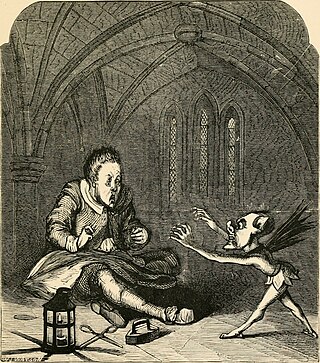
In Manx folklore, a buggane was a huge ogre-like creature native to the Isle of Man. Some have considered them akin to the Scandinavian troll.

Illiam Dhone or Illiam Dhône, also known as William Christian, was a Manx politician and depending on viewpoint, patriot, rebel or traitor. He was a son of Ewan Christian, a deemster. In Manx, Illiam Dhone literally translates to Brown William—an epithet he received due to his dark hair—and in English he was called Brown-haired William. Dhone was a significant figure in the Isle of Man during the English Civil War and the Manx Rebellion of 1651. He was executed for high treason in 1663. In the centuries after his death he has become a "martyr and folk-hero, a symbol of the Island's cherished freedoms and traditional rights".
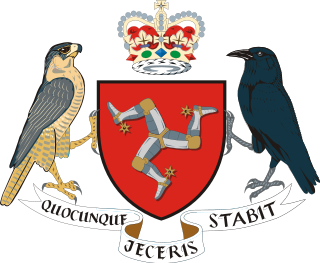
A Deemster is a judge in the Isle of Man. The High Court of Justice of the Isle of Man is presided over by a deemster or, in the case of the appeal division of that court, a deemster and the Judge of Appeal. The deemsters also promulgate the Laws on Tynwald Day by reading out brief summaries of them in English and Manx.

The Clerk of the Rolls is a judge and Head of the Judiciary in the Isle of Man.

SS (RMS) Ellan Vannin was built as an iron paddle steamer in 1860 at Meadowside, Glasgow for the Isle of Man Steam Packet Company. She was originally named Mona's Isle - the second ship in the company's history to be so named. She served for 23 years under that name before being rebuilt, re-engined and renamed in 1883. As Ellan Vannin she served for a further 26 years before being lost in a storm on 3 December 1909 in Liverpool Bay.
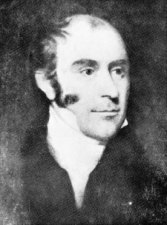
John McHutchin, was a Manx lawyer who successively became High Bailiff of Douglas, Second Deemster and Clerk of the Rolls in the Isle of Man.

Sir Derwent Hall Caine, 1st Baronet was a British actor, publisher and Labour then National Labour politician.

The Manxman is a novel by Hall Caine, first appearing as a serial in The Queen, The Lady's Newspaper and Court Chronicle between January and July 1894. Published as one volume in August 1894 by Heinemann, The Manxman ended the system of three-volume novels. A highly popular novel of its period, it was set in the Isle of Man and concerned a romantic triangle. The novel has as its central themes, the mounting consequences of sin and the saving grace of simple human goodness.

The Woman of Knockaloe: A Parable is a melodramatic novel by Hall Caine first published in 1923. Set on the Isle of Man during the First World War, a young woman finds herself drawn to one of the nearby German internees. They begin a romance in the face of the fierce hostility of the local community which eventually drives them to commit suicide. The story has been described as a "minor masterpiece".

The Deemster is a novel by Hall Caine published in 1887, considered to be the first 'Manx novel'. It was Caine's third novel, the second to be set in the Isle of Man and it was his first great success. The plot revolves around the reckless actions of Dan Mylrea and the exile and atonement that follow.

The Bondman is an 1890 best-selling novel by Hall Caine set in the Isle of Man and Iceland. It was the first novel to be released by the newly established Heinemann publishing company. It was a phenomenal success and was later adapted into a successful play and two silent films.

The Reih Bleeaney Vanannan is the Isle of Man's most prestigious annual award for culture. It is presented by Culture Vannin to the person or group who, in the opinion of the panel of assessors, has made the most outstanding contribution to Manx culture. It is officially presented by the President of Culture Vannin, normally in January each year.

John Quine was a Manx clergyman, scholar, novelist, and playwright. He is perhaps best remembered for his 1897 novel, The Captain of the Parish.
She's All The World To Me is a short early novel by Hall Caine published in 1885 by Harper & Brothers. The novel was the first of Caine's works to be set on the Isle of Man and it centered on themes that would become integral to his later novels: a love triangle, secret mounting sins and eventual redemption. It was published only in America due to copyright problems, but Caine was subsequently able to reuse a great deal of its material in later novels, notably in The Deemster.

James Stowell Gell QC was a Manx advocate who became High Bailiff of both Castletown and Douglas, Isle of Man.

Name the Man is a surviving 1924 American silent drama film directed by Victor Sjöström and starring Mae Busch. It was produced and distributed by Goldwyn Pictures in association with Cosmopolitan Productions.

The Deemster is a 1917 American drama silent film, released by Arrow Film Corporation, directed by Howell Hansel, starring Derwent Hall Caine and Marian Swayne.



